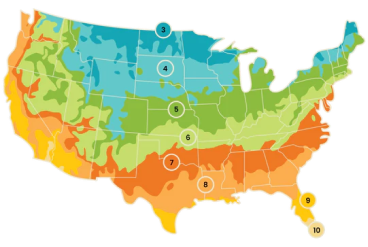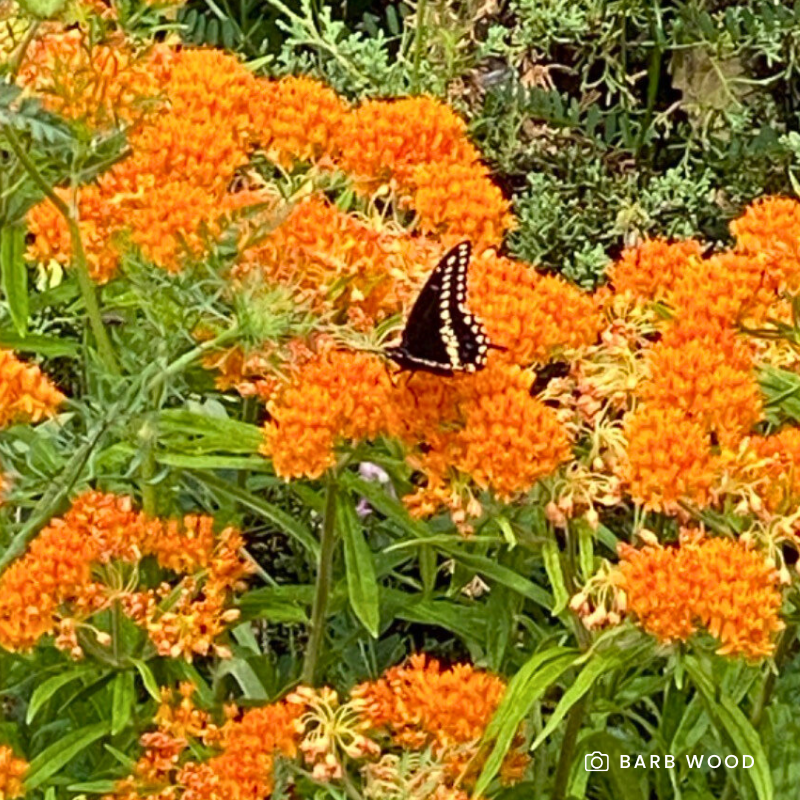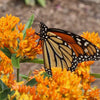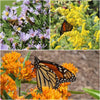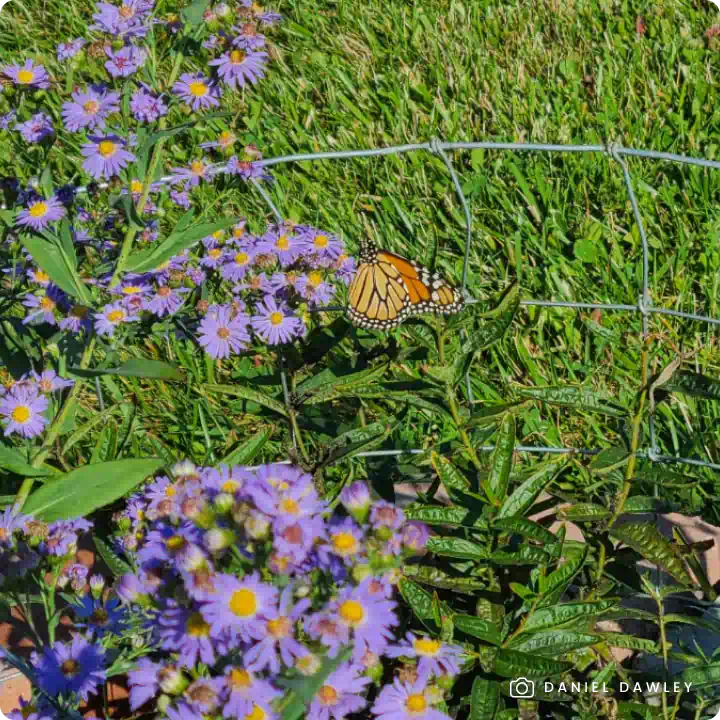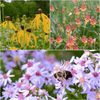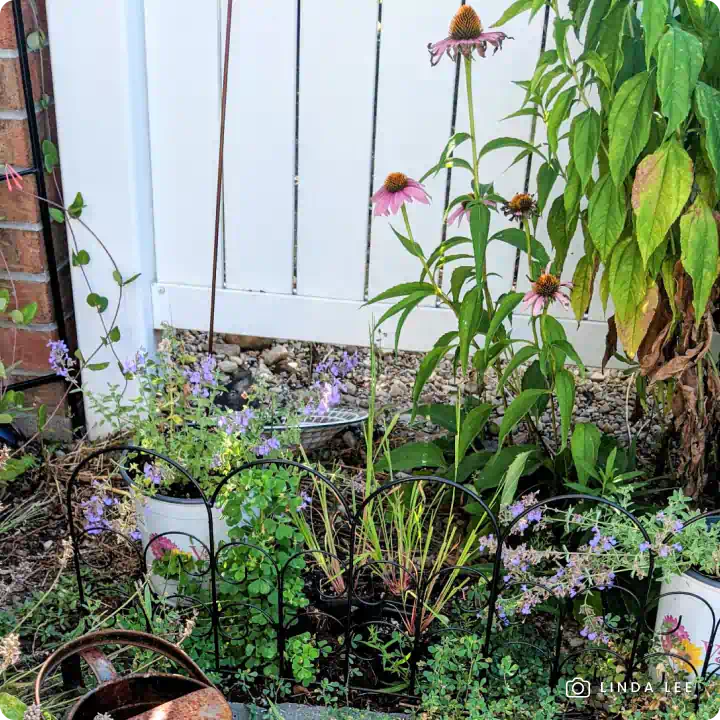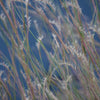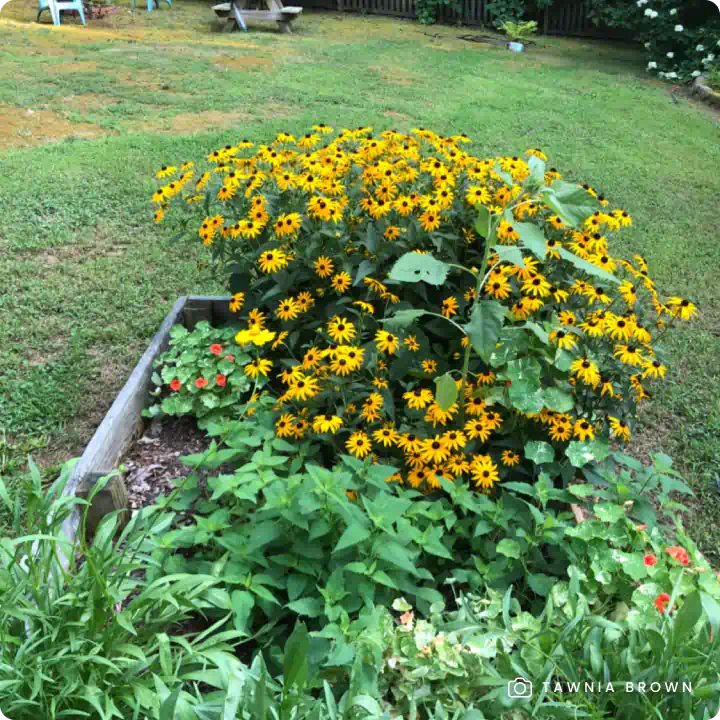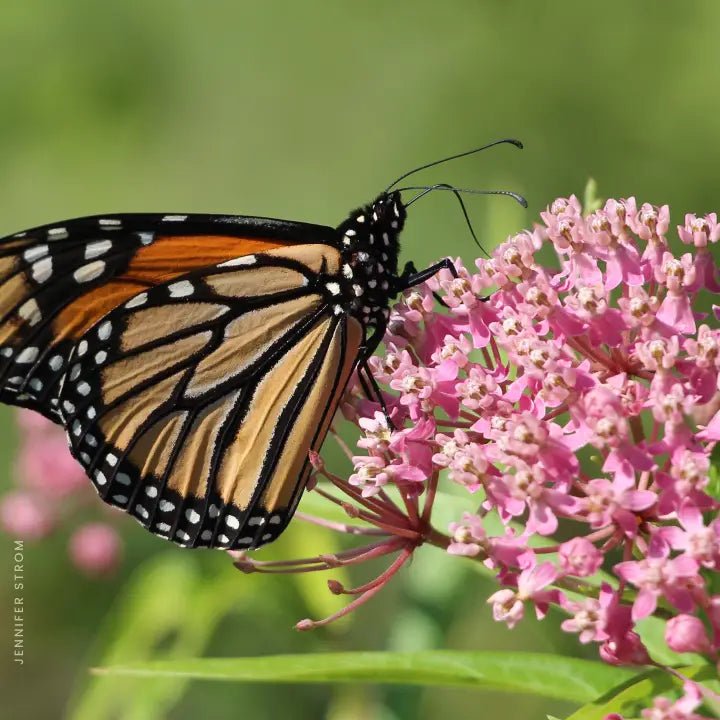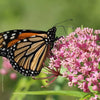Sweet Goldenrod (Solidago odora) is an exceptional addition to your garden, known for its fragrant leaves and striking golden-yellow flower clusters. Unlike other goldenrod varieties, Sweet Goldenrod's leaves emit a pleasant anise-like fragrance when crushed. Sweet Goldenrod not only provides visual appeal but also attracts a wide range of pollinators, making it a perfect choice for expanding your wildlife habitat.
Key Features of Sweet Goldenrod:
- Late-Season Blooms: These vibrant yellow flowers bloom from late summer into fall, offering a critical nectar source for monarchs and other pollinators during the late growing season.
- Diverse Wildlife Support: This native perennial supports not only monarch butterflies but also birds, other butterflies, moths, and bees, creating a dynamic and thriving ecosystem in your garden.
- Low Maintenance: Sweet Goldenrod is drought-tolerant once established and requires minimal care, thriving without the need for chemical treatments.
-
Eco-Friendly: Grown non-GMO and free of harmful neonicotinoids, promoting a healthy ecosystem for pollinators and wildlife.
Available in sets of three, six, or 12 plants to fit any garden size and layout.
Why Choose Sweet Goldenrod?
Sweet Goldenrod is more than just a pollinator magnet—it’s a resilient, versatile plant that thrives in full sun or part shade, making it ideal for various garden conditions. Its fragrant leaves can even be used to brew herbal tea, adding another layer of utility to its beauty. Incorporating Sweet Goldenrod into your garden enriches the habitat for critical wildlife species while offering unique sensory and aesthetic benefits.
Planting Tips:
- Location: Plant in full sun to part shade with well-drained soil.
- Watering: Water regularly during the first growing season to establish deep roots. Once established, it requires less water.
-
Maintenance:
Minimal care required. There's no need to deadhead the flowers, as allowing them to go to seed provides a valuable food source for birds. Leaving the stems standing in the fall offers overwintering sites for beneficial insects. If desired, cut back the stems in late spring after pollinators have emerged.
For more information on planting, view our How to Plant Your Native Plants guide and other planting tips in the Garden for Wildlife Learning Center.
Upgrade Your Garden:
For an even greater impact, consider upgrading to the Monarch Munchies or Scent-sational Blooms curated collections. These variety packs include native plants carefully selected to support wildlife, providing a comprehensive habitat that encourages their presence and prosperity.


















